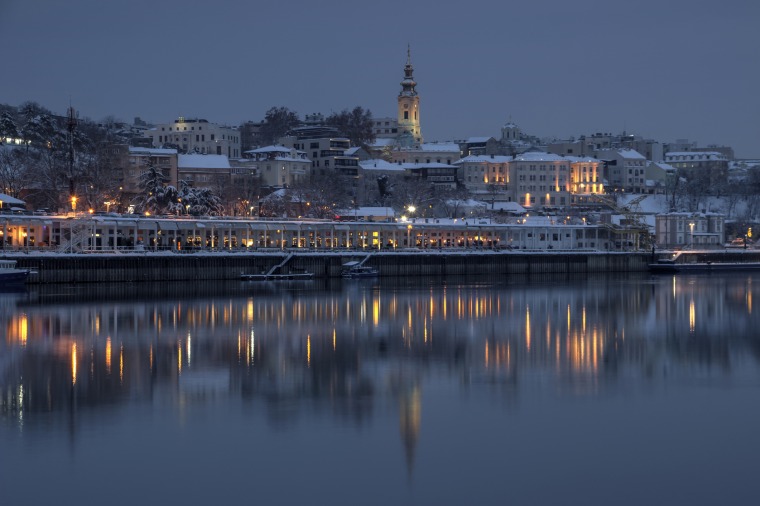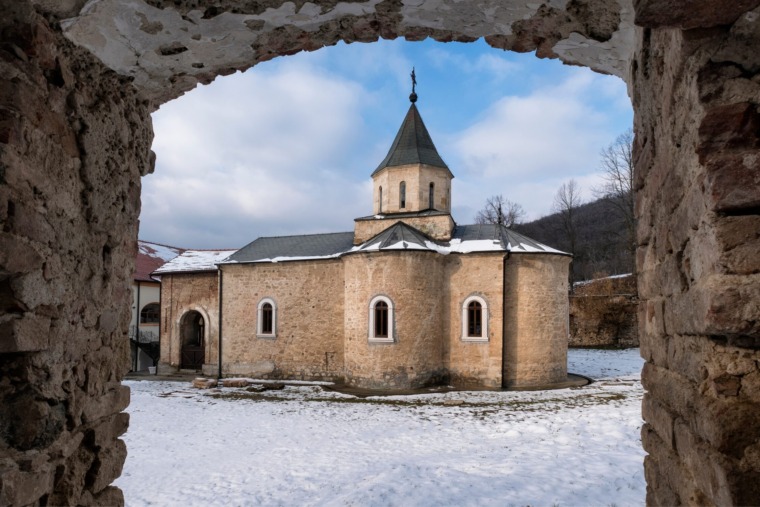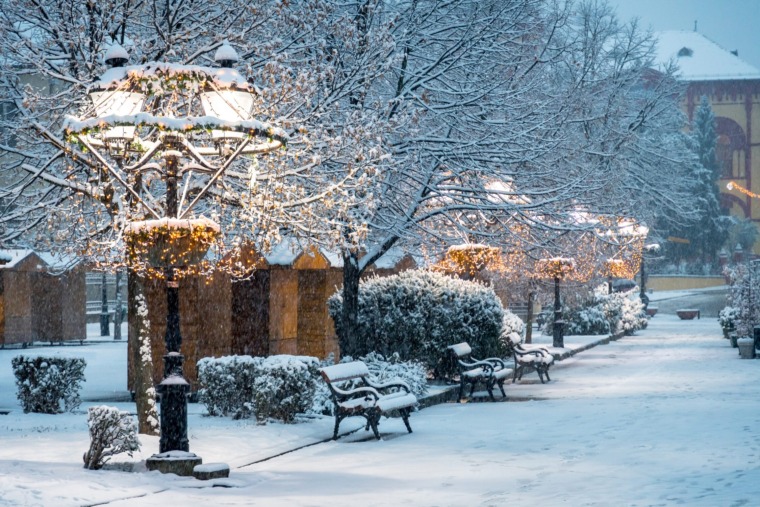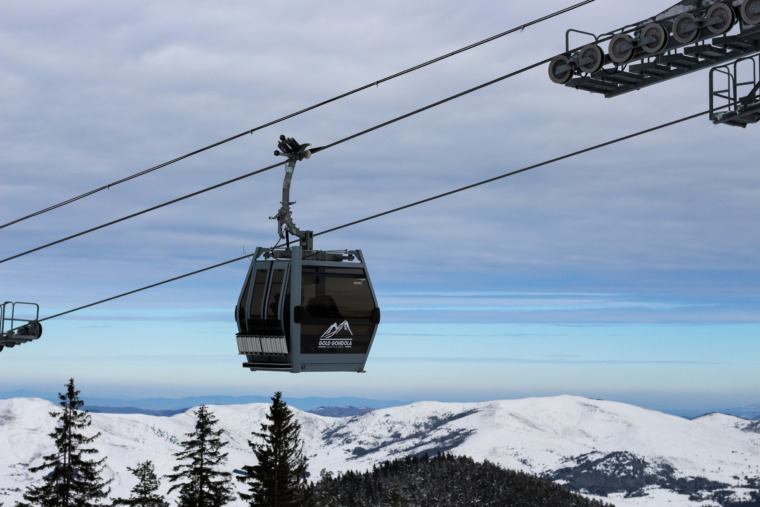
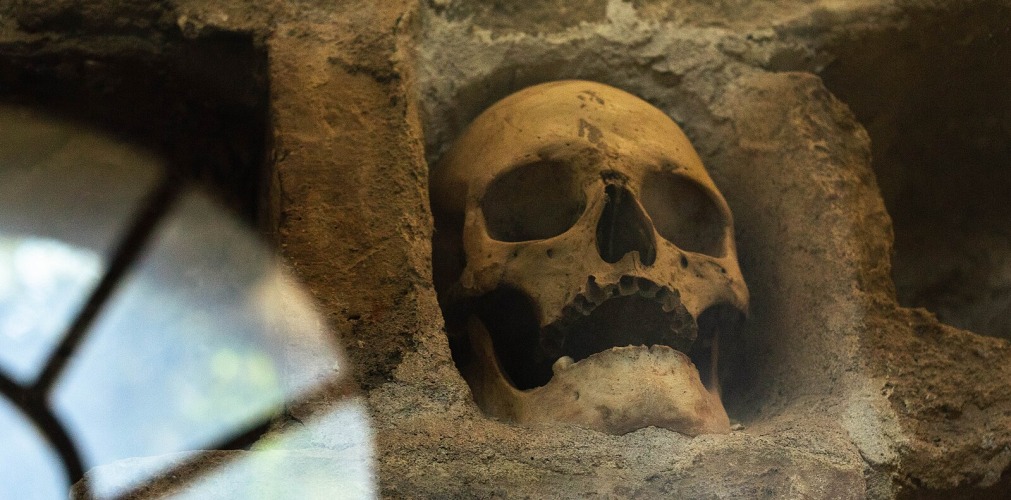
Hidden in the heart of Niš, Serbia, stands one of the most chilling yet historically significant monuments in the Balkans—Ćele Kula, or the Skull Tower. This eerie yet powerful symbol of resistance and sacrifice is a unique testament to the brutal history of the Serbian struggle for independence against the Ottoman Empire.
The History Behind the Tower
Ćele Kula was constructed in 1809 following the Battle of Čegar, a significant conflict during the First Serbian Uprising against Ottoman rule. The Serbian forces, led by Stevan Sinđelić, fought bravely but were ultimately overwhelmed by the Ottoman army. Rather than surrender, Sinđelić fired into his own gunpowder magazine, causing a massive explosion that killed both his men and many Ottoman soldiers.
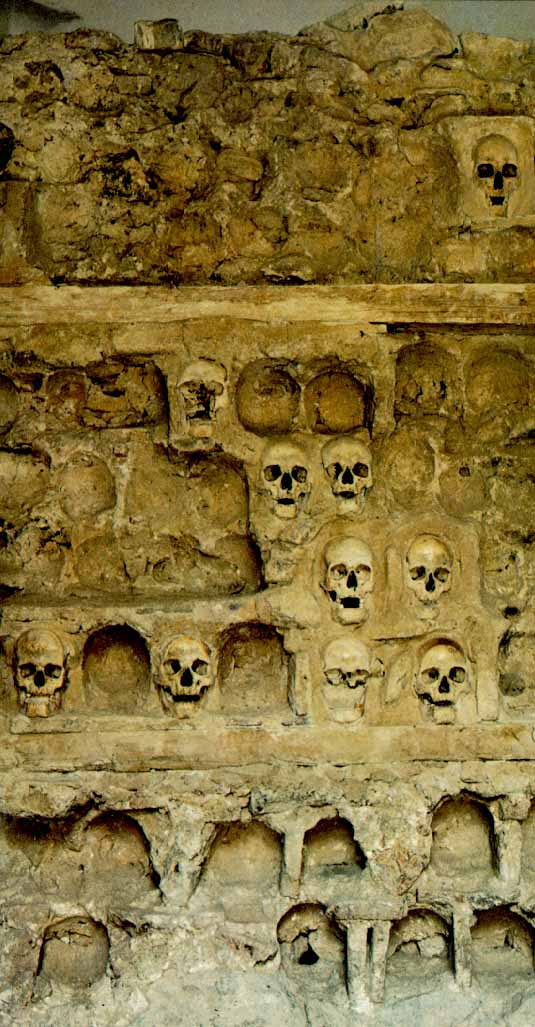
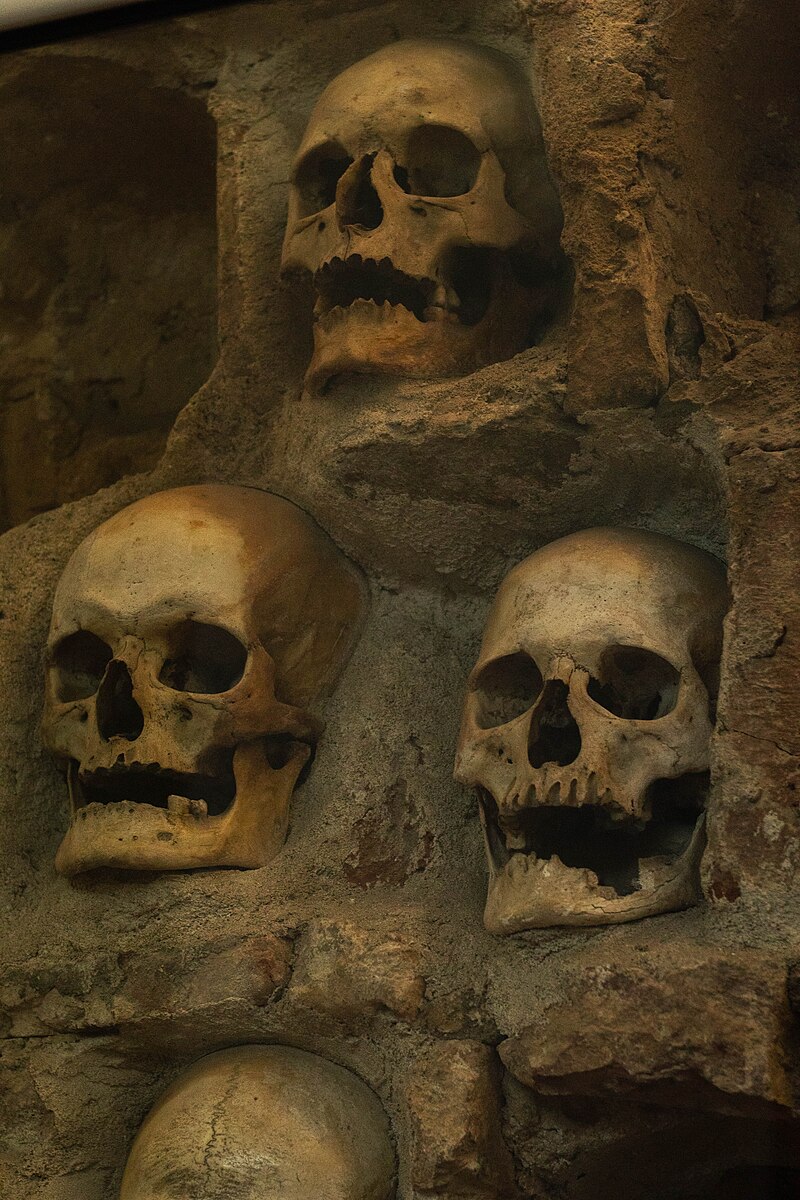
In retaliation and as a warning to future rebels, the Ottoman general Hurshid Pasha ordered that the skulls of the fallen Serbian fighters be embedded into a tower. Initially, the structure contained 952 skulls, arranged in a 4.5-meter-high wall of horror along the main road to Constantinople. Over time, many skulls were removed by families of the fallen or lost to natural decay, leaving only 58 skulls remaining today.
A Symbol of Serbian Defiance
Despite its gruesome origins, Ćele Kula became a symbol of Serbian resistance. The tower was intended to intimidate the Serbian people, but instead, it fueled their determination for independence. In the 19th century, when Serbia gained autonomy, the remaining structure was preserved as a historical site rather than destroyed.
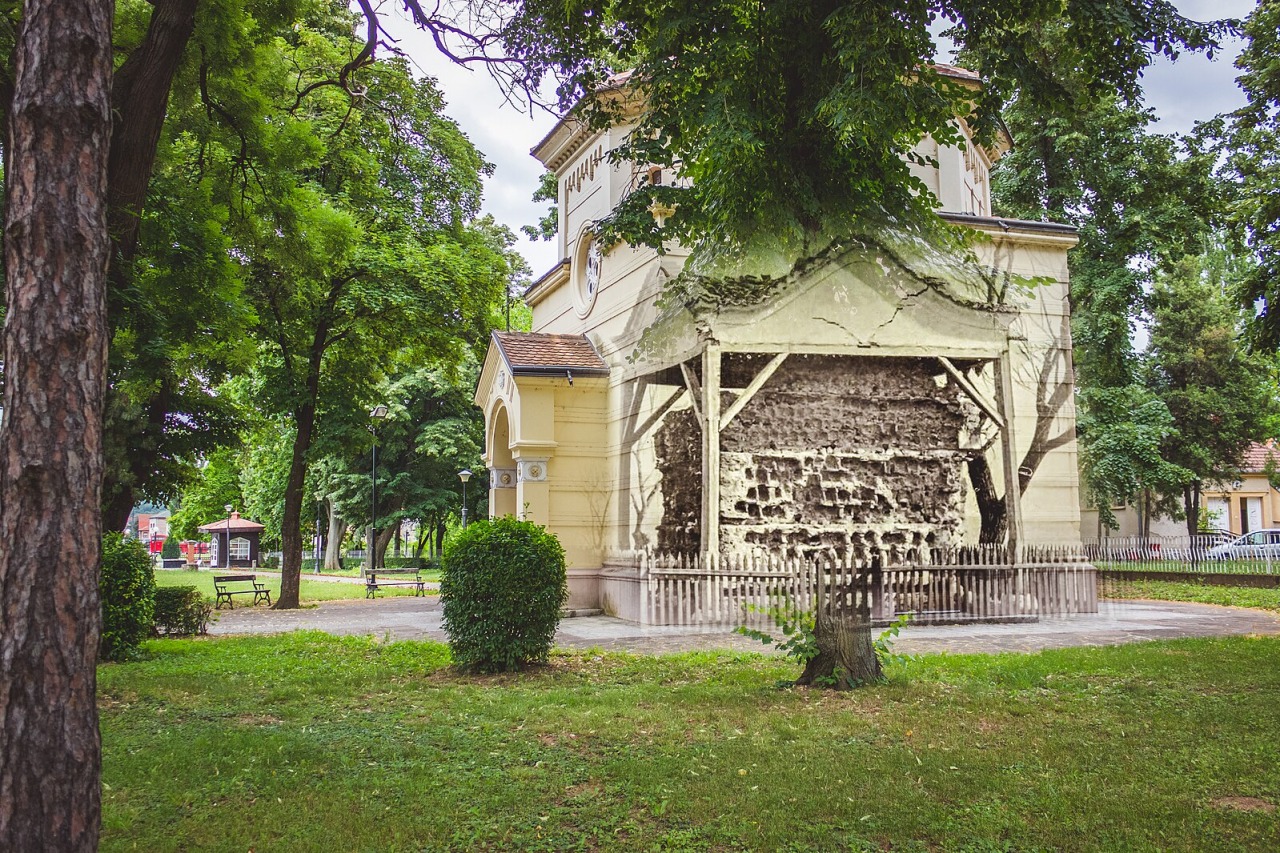
Today, Ćele Kula is enclosed in a chapel built in 1892 to honor the sacrifice of the fallen warriors. Visitors can walk through the memorial and observe the skulls still embedded in the walls, each one a silent testament to the price of freedom.
Visiting Ćele Kula Today
Located just a few kilometers from the center of Niš, Ćele Kula is a must-visit destination for history enthusiasts and those seeking to understand Serbia’s rich past. The site offers an informative experience about the Serbian uprisings and the sacrifices made by those who fought for liberation. The solemn atmosphere serves as a reminder of both the brutality of war and the enduring strength of the Serbian people.
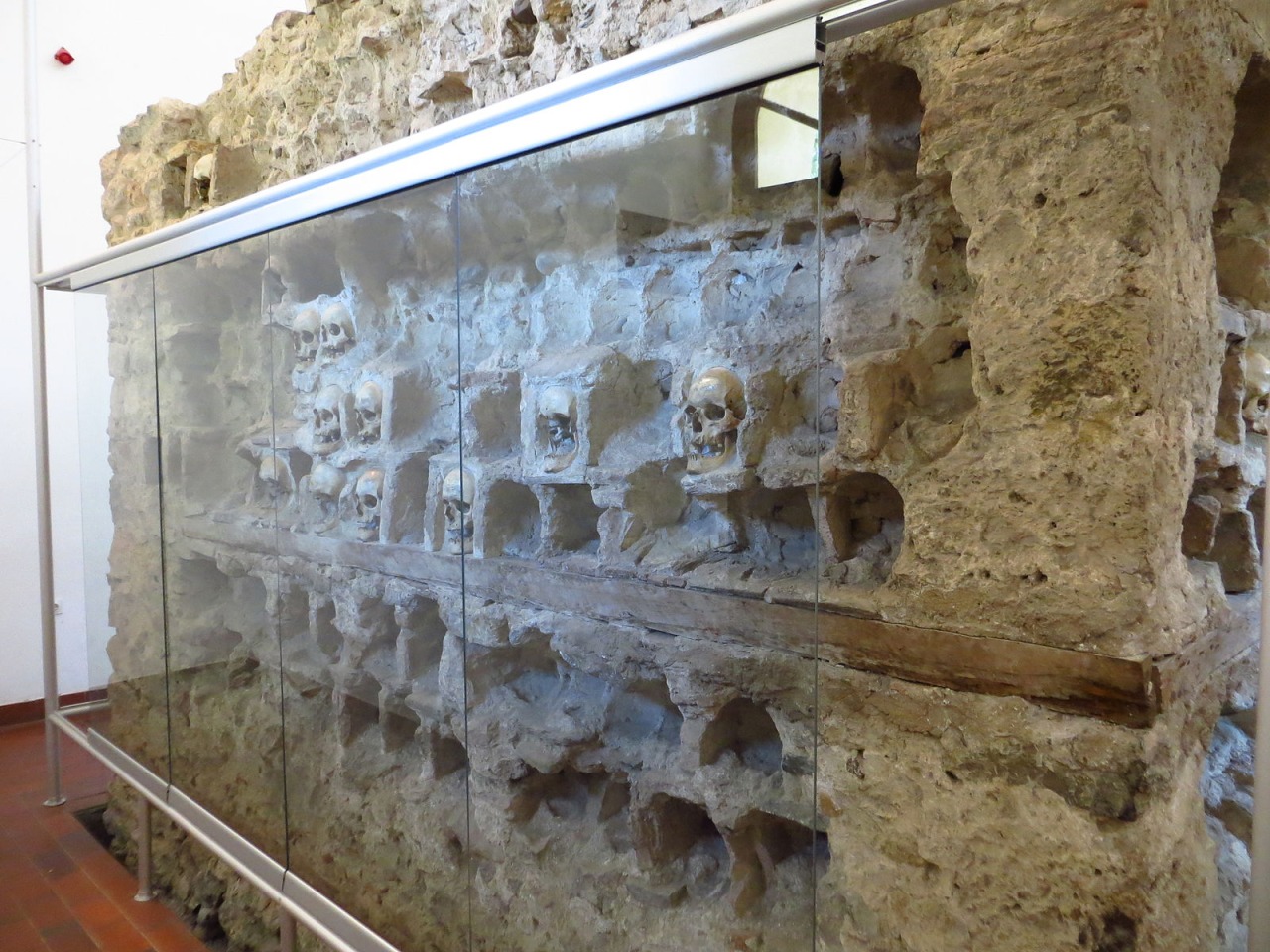
Ćele Kula is more than just a macabre relic of the past—it is a powerful memorial of bravery, sacrifice, and the relentless pursuit of freedom. Whether you are a history buff or a curious traveler, a visit to this extraordinary landmark is an unforgettable journey into Serbia’s turbulent past.
Featured image: Nadja Celtic, CC BY-SA 4.0 https://creativecommons.org/licenses/by-sa/4.0, via Wikimedia Commons
Related Articles


Winter Wine Escape: Serbia’s Most Beautiful Holiday Wineries
December 11, 2025